WOLF SPIDERS—HOW DO THEY INFLUENCE CLIMATE CHANGE?
PICKS FOR YOU
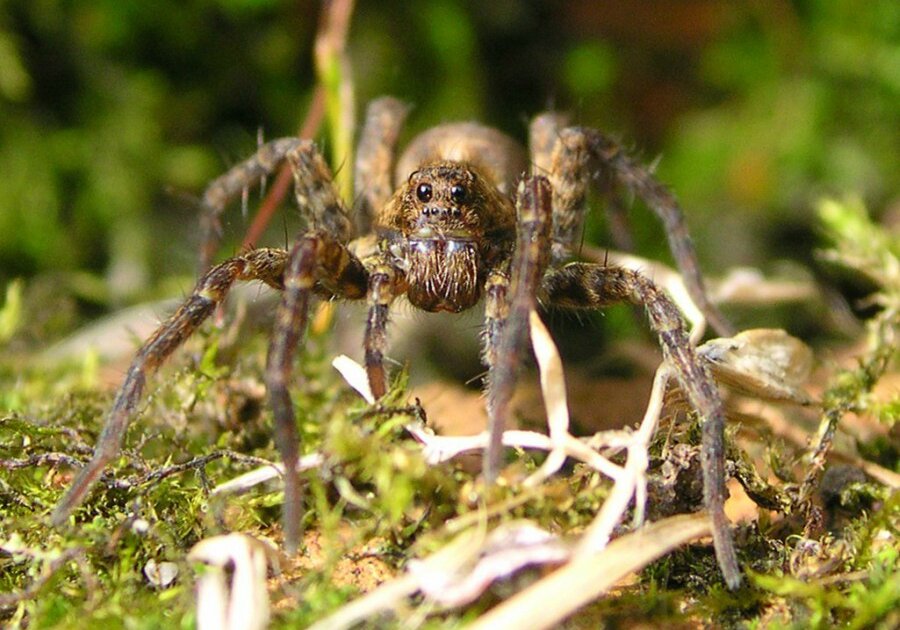
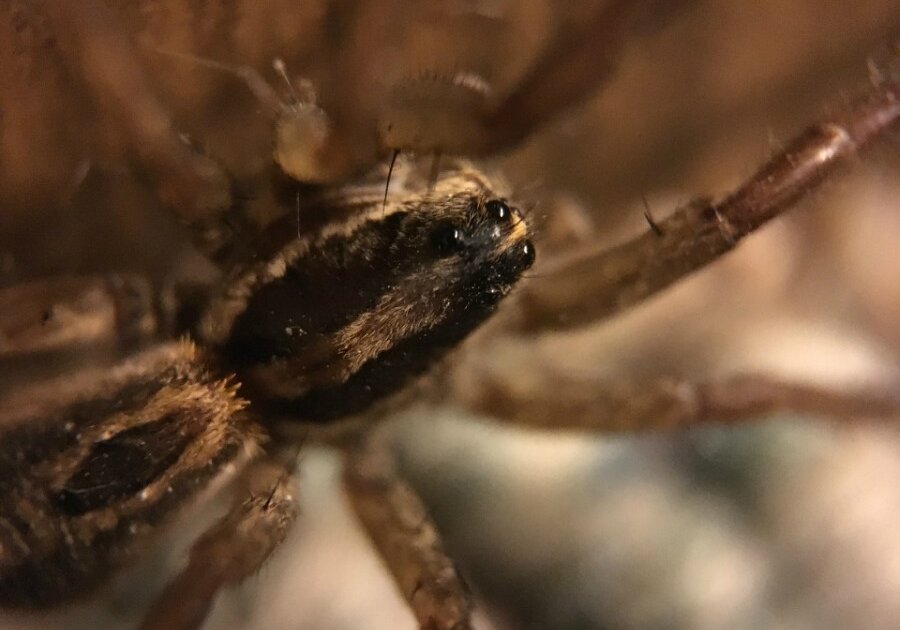
The Arctic Tundra is teaming with life, including wolf spiders. The spiders eat many types of insects, but they eat other wolf spiders smaller than themselves when their population increases.
The wolf spider’s favorite food is an arthropod called the springtails or Collembola. Springtails feed on fungus and decaying plant matter underground, regulating decomposition rates. When the temperature rises the frozen land matter or permafrost melts and releases carbon dioxide and methane which causes global warming.
When spiders become many, it means fewer springtails and more fungus. More fungus means increased decomposition and faster carbon dioxide and methane release. The springtails thus help to reduce the production of greenhouse gases by eating the mushroom. In other words, when wolf spiders eat more springtails the rate of decomposition of frozen plant matter in the Arctic tundra increases worsening climate change.
A study published in 2009 showed that longer summers and early springs resulted in more significant and more substantial populations of wolf spiders. You would, therefore, expect that higher temperatures would reduce the fungus-eating springtail and result in higher temperatures.
Dr. Amanda Koltz and associates published a study on 23 July 2018 in the journal PNAS. According to the research findings, when temperatures are warmer, and the number of spiders increased, the opposite happened: wolf spiders ate less of the springtails than usual. Wolf spiders thus indirectly helped to reduce global warming. The study does not answer the question why wolf spiders lost appetite for springtails when the number of the spiders multiplied.
It may be that when spiders increase in number, they start looking at each other as competitors and start eating the smaller wolf spiders instead of the springtails. Alternatively, the spiders may feed on different food sources when the temperature rises. Whatever the reason, the wolf spiders help in fighting climate change by slowing down decomposition.
More research is required to determine what the alternative food sources might be and whether warmer temperatures influence the spider’s feeding patterns. The study shows that nature can respond and self-correct in response to adverse changes such as global warming.
Sign up to learn about new articles!
Be the first to know when we post a new nuggets of wisdom on Zala Hub. Read exciting and educative articles about the natural world!
RECENT POSTS
How many species of spiders produce venom?
HOW MANY SPECIES OF SPIDERS PRODUCE VENOM? Brown recluse spider Funnel web spider Except for one family, all species produce…
Read MoreWhy do spiders make spider silk?
WHY DO SPIDERS MAKE SPIDER SILK? Spiderweb Spiders have silk glands in the abdomen that produce silk and use it…
Read More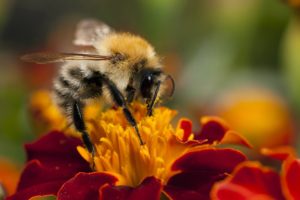
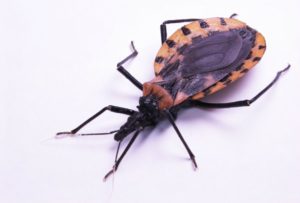
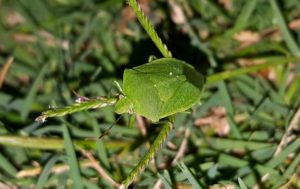
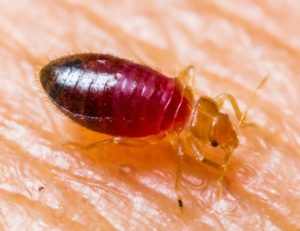
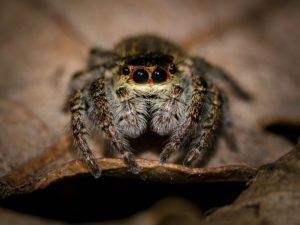
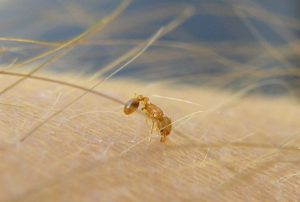
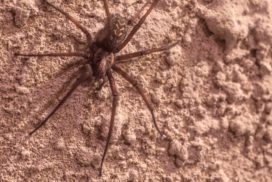
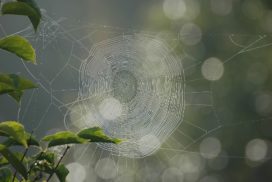
you are my aspiration, I own few blogs and occasionally run out from to post : (.
A round of applause for your article.Thanks Again. Want more.
chloroquine generic chloroquine mechanism of action
I truly appreciate this blog.Much thanks again.